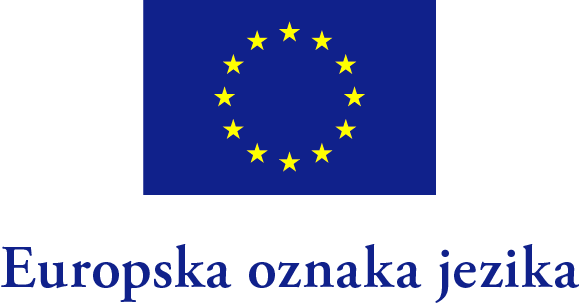| « April 2024 » | ||||||
| Mo | Tu | We | Th | Fr | Sa | Su |
| 1 | 2 | 3 | 4 | 5 | 6 | 7 |
| 8 | 9 | 10 | 11 | 12 | 13 | 14 |
| 15 | 16 | 17 | 18 | 19 | 20 | 21 |
| 22 | 23 | 24 | 25 | 26 | 27 | 28 |
| 29 | 30 | 1 | 2 | 3 | 4 | 5 |
| 6 | 7 | 8 | 9 | 10 | 11 | 12 |
Ukupno: 1225533
Danas: 124

Firenze - Florentia
One of the most famous famous sentences in Italy is „vado a sciacquare i panni in Arno“ (the translation would be „I am going to wash the clothes in the Arno's river). Manzoni, a novelist and poet who lived in the 18th-century, said that before starting the final version of his novel“Promessi Sposi“. In those days, spending a period in Florence was essential in order to get a good knowledge of the language.
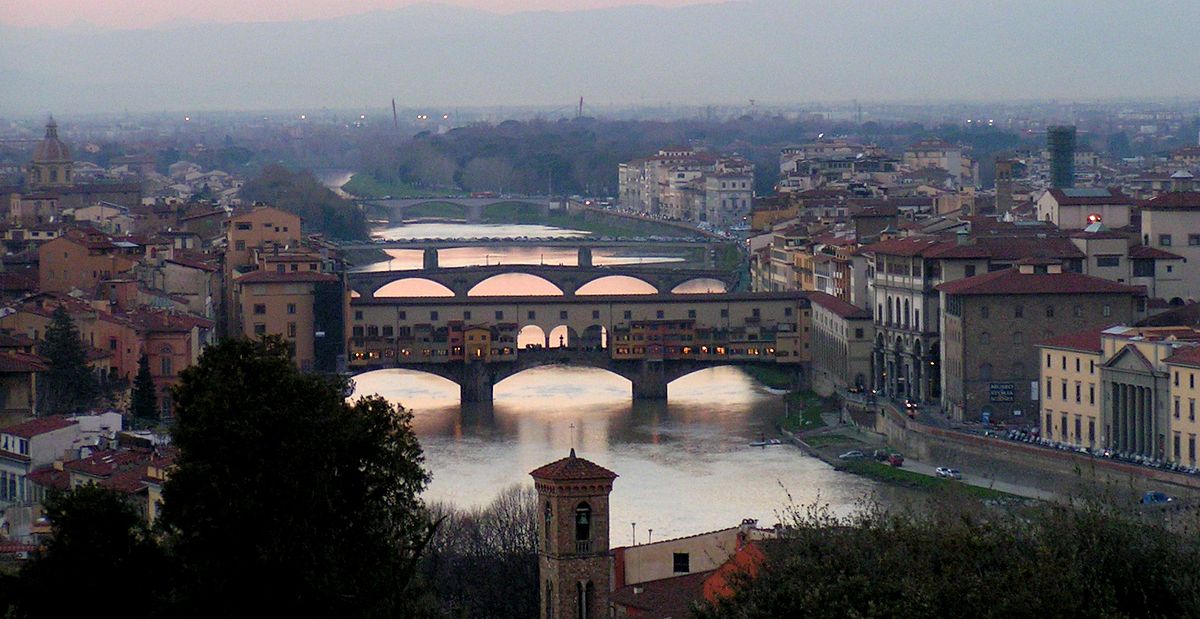
View above Arno ("Florence bridges" di User:Rnt20 - Photo by Bob Tubbs. Con licenza Pubblico dominio tramite
The development of the Italian language occurred mostly in Florence, and was influenced by a group of intellectuals between the 12th and 13th century. Latin was gradually replaced by Romance language, which ensued from the union of Roman Latin and the local language spoken in several Italian regions. The main one of them was the one that was spoken in Tuscany, Florence's capital region.
Centoaph of Dante in Santa Croce's basilica ("Cenotaph Dante Santa Croce 2006 09 12" di Jastrow - Opera propria. Con licenza Pubblico dominio tramite
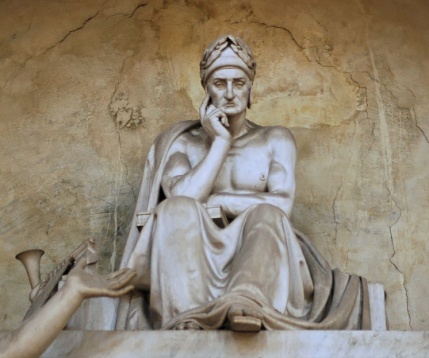
So, Firenze was one of the most important cities in the past. Its origin was Roman and it was founded in 80 BC beside the river Arno. Its structure was typical of a roman army camp. The cross of the main streets cardo and decumano, that distinguished the organisation of the army camp in the ancient Rome, is the current Repubblica square in the city center.
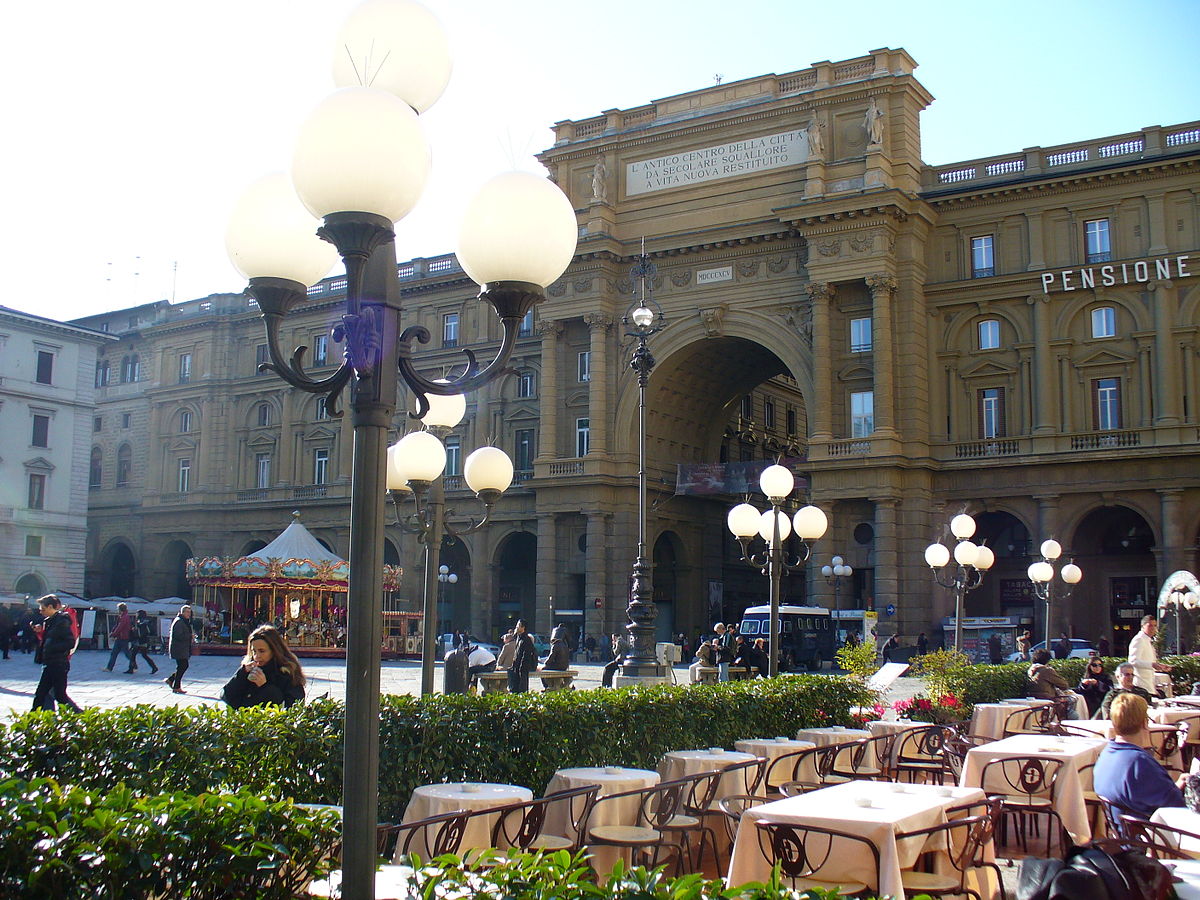
Piazza della Repubblica ( "Gilli (Florence) 5" di Freepenguin
However, evidence of a former civilization are also known. Etruschi were the community who occupied the Arno's valley before the roman conquest.
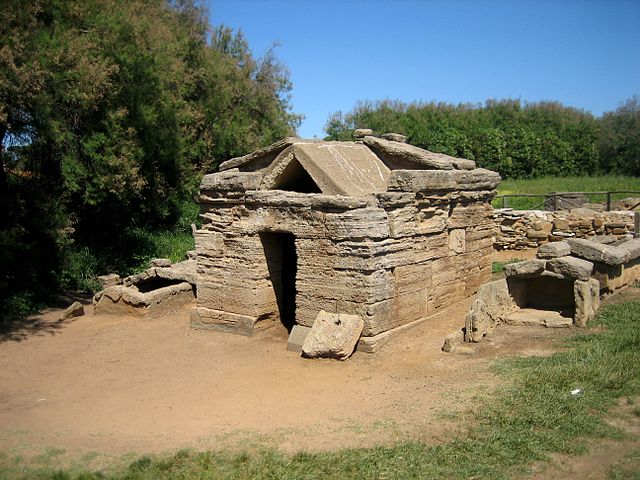
"Populonia Necropoli di San Cerbone Tomba" di AlMare
 Galleria degli Uffizi
Galleria degli Uffizi
The city found its splendour during the Middle Ages and mainly during the Italian Reinassance. The family of Medici was important in the raising of the city, the most important and famous buildings belonged to them.
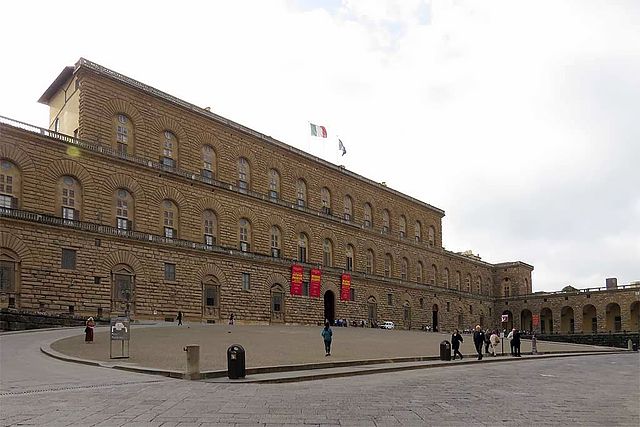
"Palazzo Pitti, Florence" di LivornoDP
Galleria degli Uffizi is one of these, it pertained to a wider Corridoio Vasariano that linked Palazzo Vecchio (o Palazzo della Signoria), the first residence of Medici’s family, to Palazzo Pitti, the latter one.  This was just an example of the prestige and power of the family, who gave to the city invaluable treasures.
This was just an example of the prestige and power of the family, who gave to the city invaluable treasures.
The Medici’s Signoria (Signoria meant the political power exercised by a family during the Middle Ages) lasted until the XXVIII century, when the House of Hapsburg, with Franz Stephan, started to rule over the entire Tuscany.
After the Austrian domination Firenze became part of Sardegna’s kingdom, before the unification of Italy on 1861. Afterwards, Firenze was the capital of the new Regno d’Italia on 1865, during five years.
The symbol of the city is giglio (lilium) from the XI century. There are several legends about its origin. One is about the foundation of the Roman city occurred during the celebration of Flora, goddess of nature. This species is common in the hills around the city. 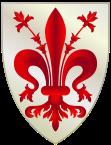 The other evidence about the use of lilium as emblem of the citizens of Florence is during the first Crusade.
The other evidence about the use of lilium as emblem of the citizens of Florence is during the first Crusade.
It is noticeable to mention some verses of Divina Commedia where Dante explains the status of the city and his opinion about his citizens.
Godi, Fiorenza, poi che se’ sì grande,
che per mare e per terra batti l’ali,
e per lo ’nferno tuo nome si spande!
(canto XXVI, Inferno, Dante)
Be glad, Florence, for you are so great
That over sea and land you flap your wings
And throughout all of hell they spread your name.
(http://www.italianstudies.org/comedy/Inferno26.htm)
Pictures: Wikimedia Commons
Giulia Pratesi


